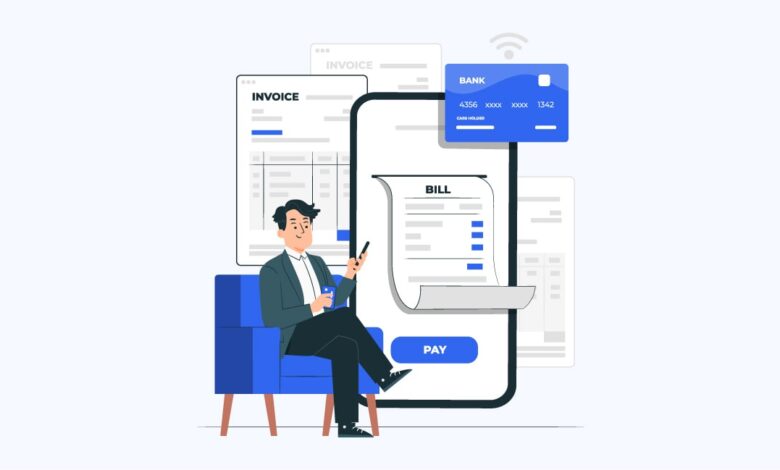Demystifying the Financial Landscape: Procure to Pay vs. Accounts Payable

In the intricate world of business finances, two terms often cause confusion: Procure to Pay (P2P) and Accounts Payable (AP). While seemingly interchangeable, they represent distinct yet interconnected stages in the financial lifecycle. Understanding their differences is crucial for optimizing efficiency, managing costs, and ensuring smooth operations.
Procure to Pay: The Journey Begins
Think of P2P as the grand voyage of acquiring goods and services, encompassing the entire process from identification to payment. It’s about planning and strategy, ensuring you acquire the right things at the right price, from the right sources. Imagine it as a treasure map, guiding you through:
- Charting the Course: Identifying and selecting the best suppliers through market research, vendor evaluation, and strategic negotiation. This initial step sets the foundation for cost-effectiveness and quality.
- Issuing the Orders: Once the supplier is chosen, the purchase order becomes your captain’s log, outlining the specific requirements and agreed-upon terms.
- Receiving the Goods: When the goods or services arrive, a receiving report is your compass, verifying that everything aligns with the order.
- Matching and Approving: The invoice processing stage involves meticulously comparing the invoice against the purchase order and receiving report, ensuring accuracy and adherence to the agreed-upon terms.
Accounts Payable: The Final Destination
Once the P2P journey reaches its final destination, AP steps in to manage the payment aspect. Think of it as the fiscal navigator, ensuring timely and accurate payments to your suppliers. AP typically involves:
- Invoice Recording: Invoices that pass the P2P process are entered into the AP system, where they are categorized and recorded for payment.
- Approval and Verification: Authorized personnel review and approve invoices, ensuring adherence to company policies and budgetary constraints.
- Payment Processing: The chosen payment method (e.g., electronic funds transfer, check) is used to settle the invoice and fulfill your financial obligations.
- Reconciliation: Regular reconciliation ensures all invoices are paid accurately and on time, maintaining financial integrity and strong supplier relationships.
Interconnected Yet Distinct:
While P2P and AP work hand-in-hand, they represent different stages with distinct goals:
- P2P focuses on acquiring the right goods and services at the best value, ensuring strategic sourcing and efficient procurement.
- AP focuses on managing the financial aspect of those acquisitions, ensuring timely and accurate payments to suppliers.
The Synergy of Seamless Operations:
A seamless P2P and AP integration is crucial for optimizing your financial operations:
- Cost Savings: Strategic sourcing and efficient P2P processes lead to cost savings, while timely payments in AP foster good relationships with suppliers, potentially leading to better pricing and terms.
- Efficiency: Automation and streamlined workflows within both P2P and AP save time and resources, allowing your team to focus on more strategic initiatives.
- Improved Visibility: Comprehensive data and reporting from integrated systems provide valuable insights into spending patterns, supplier performance, and overall financial health.
- Reduced Errors: Minimizing manual work and automating processes in both P2P and AP significantly reduces the risk of errors and discrepancies.
Choosing the Right Tools for the Journey:
Numerous software solutions are available to support P2P and AP processes. When choosing, consider your:
- Business size and complexity: Smaller businesses might benefit from integrated solutions, while larger organizations might require specialized P2P and AP systems.
- Industry-specific needs: Look for solutions tailored to your industry’s unique requirements and regulations.
- Integration capabilities: Ensure seamless integration with your existing accounting and financial systems.
- Scalability: Choose a solution that can grow with your business.
Conclusion: Navigate with Confidence
Understanding the distinct roles of P2P and AP, and their interconnectedness, is crucial for making informed decisions and optimizing your financial operations. By implementing efficient processes and leveraging the right technology, you can navigate the financial landscape with confidence, ensuring cost-effectiveness, efficiency, and strong supplier relationships – ultimately contributing to the success of your business journey.



